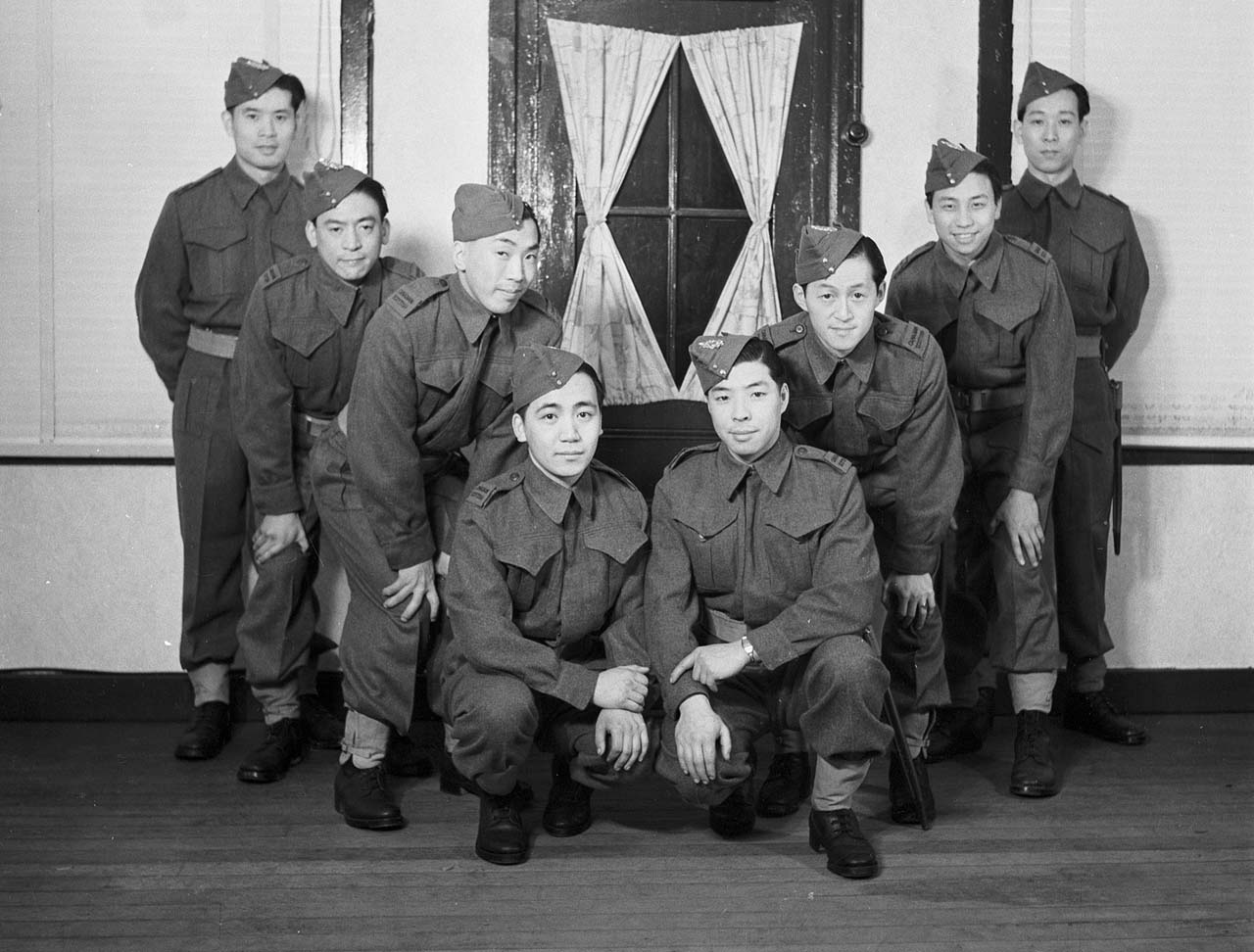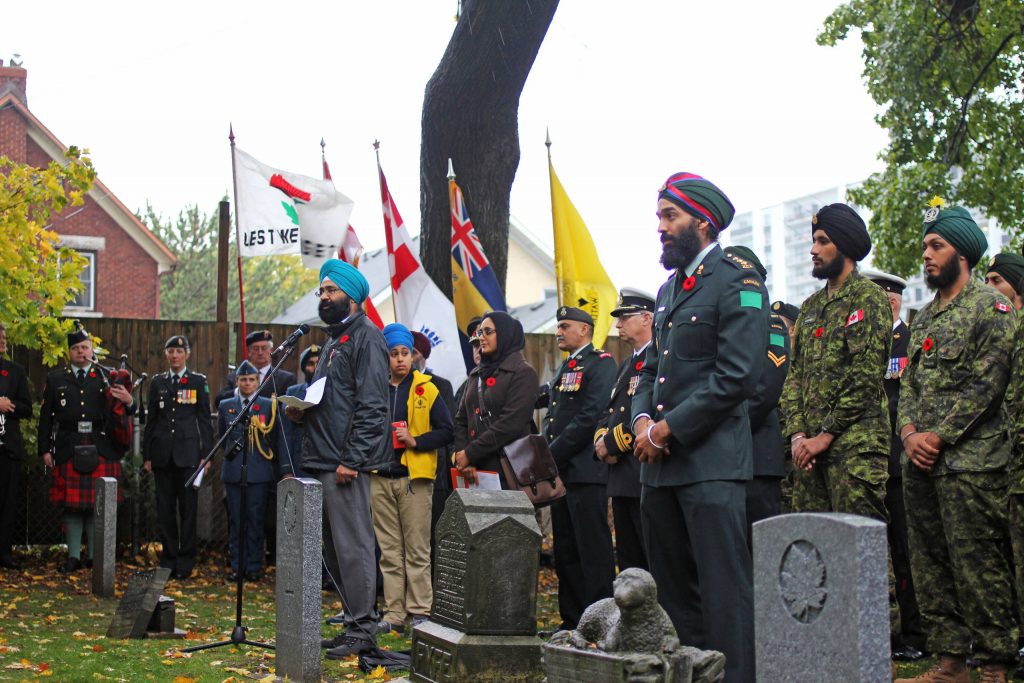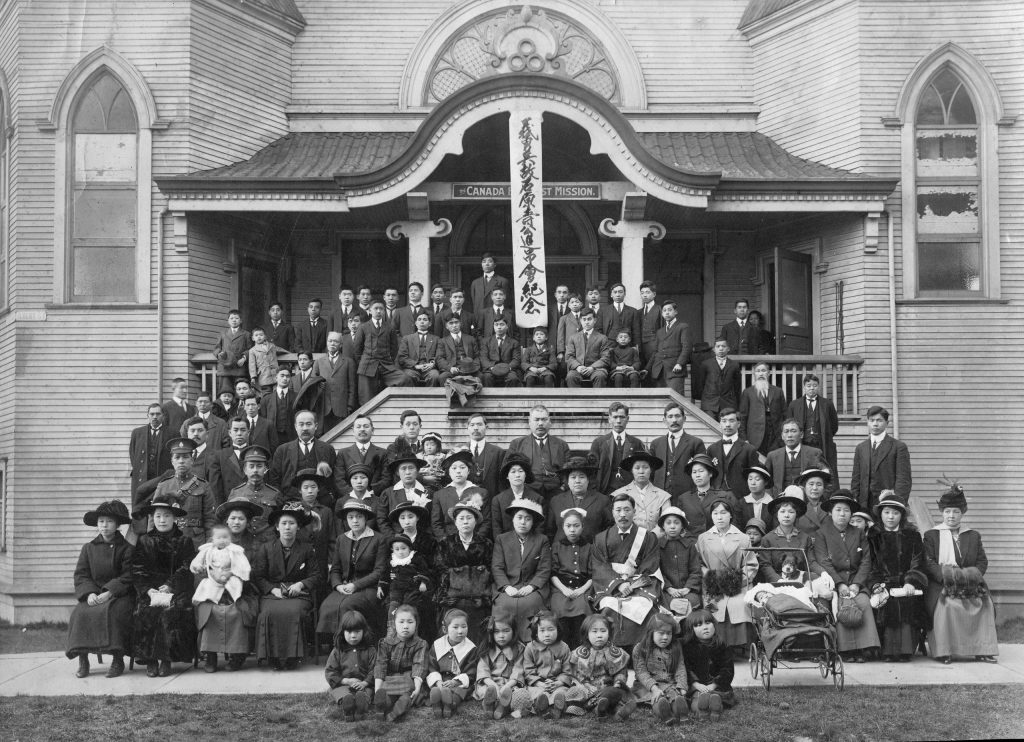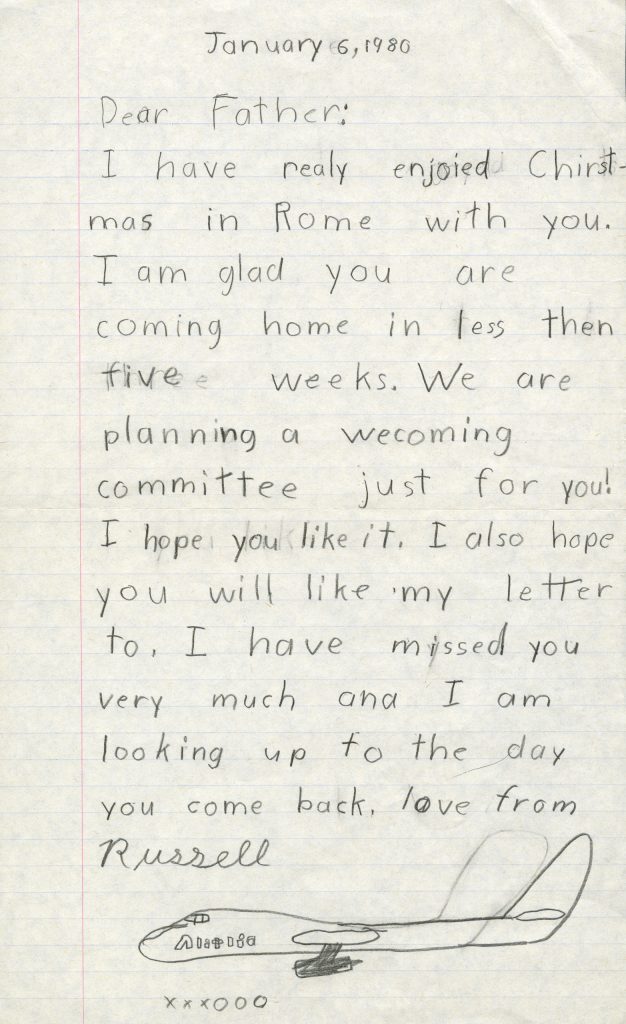
Historical Overview
Military service has often been a precursor to improved circumstances for different Asian Canadian communities, including expanded legal rights. The term “Asian Canadian” applies to many groups, reflecting a range of countries of origin, waves of migration, generational differences, settlement locations, and so on. This overview explores the histories of three groups: Chinese Canadians, Japanese Canadians and Sikh Canadians.
Chinese Canadians
Chinese Canadians have served in every major conflict in which Canada has been engaged since the First World War, as well as in peacekeeping missions. However, the road to acceptance in Canada’s military was far from smooth.
As many as 300 Chinese people living in Canada served in the First World War. Some died or were injured on the battlefields of Europe. Despite these sacrifices, life for Chinese people in Canada became more oppressive after the war. In 1923, Canada went as far as to ban immigration from China.
When the Second World War erupted, young Chinese Canadians were once again eager to enlist. Many were rejected at recruiting offices simply because they were Chinese. Although born on Canadian soil, the members of this generation were still treated as second-class citizens. Most could not vote. They were also usually confined to low-level jobs in segregated neighbourhoods. In addition, the ban on Chinese immigration was still in effect.
Within this environment, young Chinese Canadian men and women believed that volunteering to fight would prove their loyalty to Canada and help their community win the right to vote.
When Japan entered the war in 1941, there was a new opportunity to serve. Chinese Canadians were recruited and trained by Britain’s Special Operations Executive, serving with Force 136. They specialized in espionage and sabotage, and were assigned to operations behind Japanese lines in Southeast Asia.
When the global conflict ended in 1945, over 600 Chinese Canadians had served around the world in every branch of the armed forces. And when they returned home, they helped propel a civil rights movement to repeal the 1923 Chinese Immigration Act and achieve the right to vote for Chinese Canadians. They won both battles in 1947, and today this is referred to as the community’s “double victory.”
Japanese Canadians
Japanese Canadians first joined the Canadian army during the First World War. They fought not only for their country, but also for equal rights. They did not acquire the same rights as other citizens until 1949.
At least 222 Japanese Canadians fought for Canada in the First World War. They served in major battles like the Somme and Vimy Ridge. At least 91 were wounded and 54 were killed in combat. Many received gallantry awards.
Those who returned home to Canada wanted the right to vote. They lobbied the government to allow all Japanese Canadians to vote. In April 1931, they were partially successful: Japanese Canadian veterans obtained the right to vote, but all other Japanese Canadians were still denied this right.
When the Second World War began, about 30 members of the new generation of Japanese Canadians enlisted to serve their country. But in 1942, the government uprooted and interned thousands of Japanese Canadians because of their race. The government felt that people of “Japanese racial origin” might be disloyal to Canada. In spite of this treatment, in 1945, an additional 160 Japanese Canadians joined the Canadian army. Some served as interpreters and interrogators, including in war crime trials involving Japan.
In 1946, the Canadian government deported 3,964 Japanese Canadians to Japan. In 1950, about 30 of them joined the Canadian army. They went from Japan to Korea to fight in the Korean War. After the war, they were able to return to Canada. Another 20 Japanese Canadians living in Canada also served in the Korean War.
Japanese Canadian veterans proudly served Canada. And each Remembrance Day, their contribution is honoured at the Japanese Canadian War Memorial in Vancouver’s Stanley Park.
Sikh Canadians
Since their arrival in Canada, Sikh Canadians have sought to enlist in the Canadian military, to uphold their longstanding martial traditions. At times, they have faced significant barriers.
During the 1800s, Sikh soldiers of the British Indian Army distinguished themselves internationally by winning many battle honours throughout the British Empire. This encouraged Sikh veterans to settle in British colonies around the globe and take up employment with the colonial police forces there. However, when Sikh veterans first arrived in Canada, they were prohibited from serving in the militia and police forces.
Despite their community’s history of loyal service to the Crown, Sikhs in British Columbia faced significant discrimination. In 1907, they were stripped of their right to vote, and in 1908, all South Asians were barred from entering the country through the continuous journey regulation. In 1909, to protest this racist legislation, Sikh Canadian community leaders called on veterans to burn their uniforms and commendation letters, and to discard their military medals.
Even though they faced barriers and restrictions, some Sikh Canadians elected to serve in the Canadian Expeditionary Force during the First World War. They fought alongside the nearly 500,000 fellow Punjabis who had volunteered for service in British colonial forces.
Sikh Canadian struggles against disenfranchisement continued until the Second World War. A decree from the Khalsa Diwan Society, the leading national organization representing Sikh Canadians, called for community members to refrain from enlisting until their right to vote was reinstated. South Asians recovered the right to vote in 1947.
In 1986, the ban on wearing the turban in the Canadian Forces was officially lifted. Four years later, the Royal Canadian Mounted Police permitted officers to wear turbans as part of their uniforms, thereby allowing Sikhs to serve in this important Canadian institution.
Sikhs continue to serve in the Canadian Armed Forces. Harjit Singh Sajjan, for example, rose through the ranks of The British Columbia Regiment to become the first South Asian to command a Canadian Army regiment. In 2015, he was appointed Minister of National Defence.
Prepared by:
Catherine Clement, Chinese Canadian Military Museum
Carolyn Nakagawa and Linda Kawamoto Reid, Nikkei National Museum
Steven Purewal, Curator, Indus Media Foundation
Banner photo:
A group of Chinese Canadian recruits, 1942.
Chinese Canadian Military Museum



